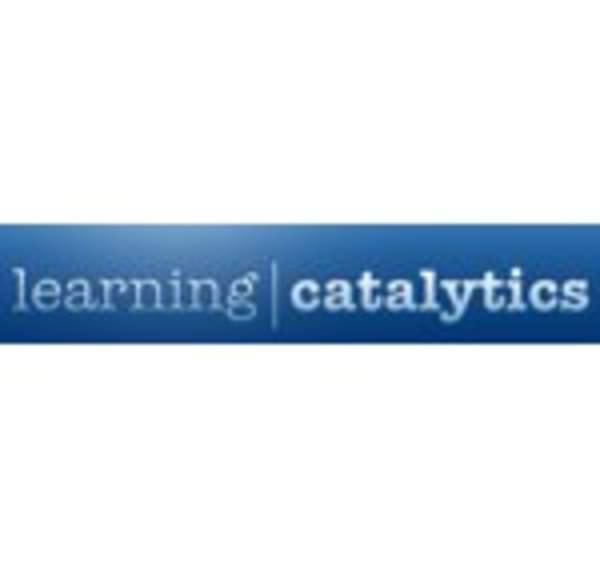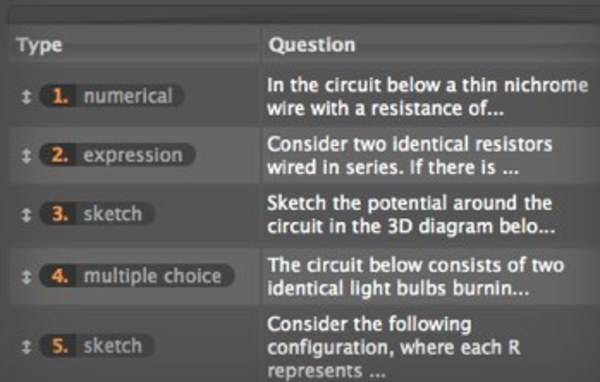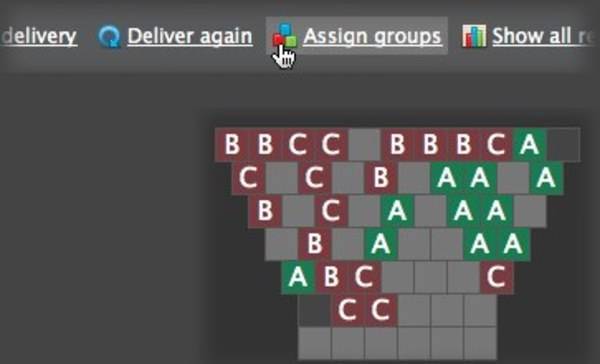Lectures made sense before the invention of the printing press, argues Harvard physics professor Eric Mazur, but at this point in history they are far from the best way to transmit large amounts of information or to make use of face-to-face time in the classroom.

Over nearly 20 years, Mazur has developed an innovative teaching methodology and is now testing software to support its application in any classroom. The basic idea is that the bulk of information consumption should be done outside the classroom and in-class time should be spent doing guided, measured, optimized peer-to-peer discussion in order to maximize retention of knowledge. Mazur’s National Science Foundation-backed startup Learning Catalytics looks like a very cool way to facilitate that class time using web and mobile devices.
Dennis Pierce, Editor of the publication eCampusNews, profiled Eric Mazur and Learning Analytics in an article this weekend, titled Ending the “Tyranny of the Lecture.”
Pierce described how Mazur demonstrated his methodology with attendees of an education conference last week in Boston. Mazur asked a physics question of people in the room.
Pierce :

“After briefly explaining why metal expands when it’s heated–the atoms move more vigorously, and so they spread out because need more space in which to move–he asked attendees to imagine a rectangular piece of metal with a circular hole in the middle: Would the diameter of the hole increase, decrease, or stay the same if the metal were heated uniformly?
“Participants logged their responses, and then they huddled to confer with their colleagues. Those who thought the hole would shrink explained that the atoms in the metal around the edge of the hole would want to move away from the atoms in the rectangle’s interior, thereby contracting the hole.
“But others correctly argued that the atoms around the hole’s edge would not move toward the hole’s center, because that would create even more crowding among themselves; instead, those atoms would move away from the hole’s center in an attempt to create more space for themselves, thereby expanding the circle’s diameter.
“When Mazur posed the question a second time, the number of correct responses nearly doubled as a result of this discussion. And when he shared the correct answer, many attendees affirmed they’ll remember this concept much more vividly for having participated in the discussion.”
Mazur’s method aims to come up with questions that between 30% and 70% of students in a classroom answer correctly. If fewer than 30% get it right, then he revisits the concepts behind the question. Once more than 70% get it right, then he moves on to the next question.

Learning Catalytics systematizes this process, offering algorithms and analytics to help improve the questions asked by instructors and features to pair up students who gave right and wrong answers for discussions. The student interface is device agnostic, so students can participate in a variety of ways, on their laptops, mobile phones or tablets.
So it’s not just that random group discussion is an effective tool for learning, rather this system tries to optimize the whole process end-to-end. It also lets instructors know when a collective threshold has been met and the class should move on to the next question.
Questions and answers can be delivered in a variety of different formats, from multiple choice to free text (with tag clouds built from the answers).
Mazur is the author of the 1997 book Peer Instruction: A User’s Manual; seeing his strategic perspective turned into web and mobile software, after two decades of development under the name ConceptTest, is inspiring.
Interactivity, mobile devices, making things measurable and using automation and algorithms to support the human practice of teaching and learning together. That sounds like a beautiful way to do it.










